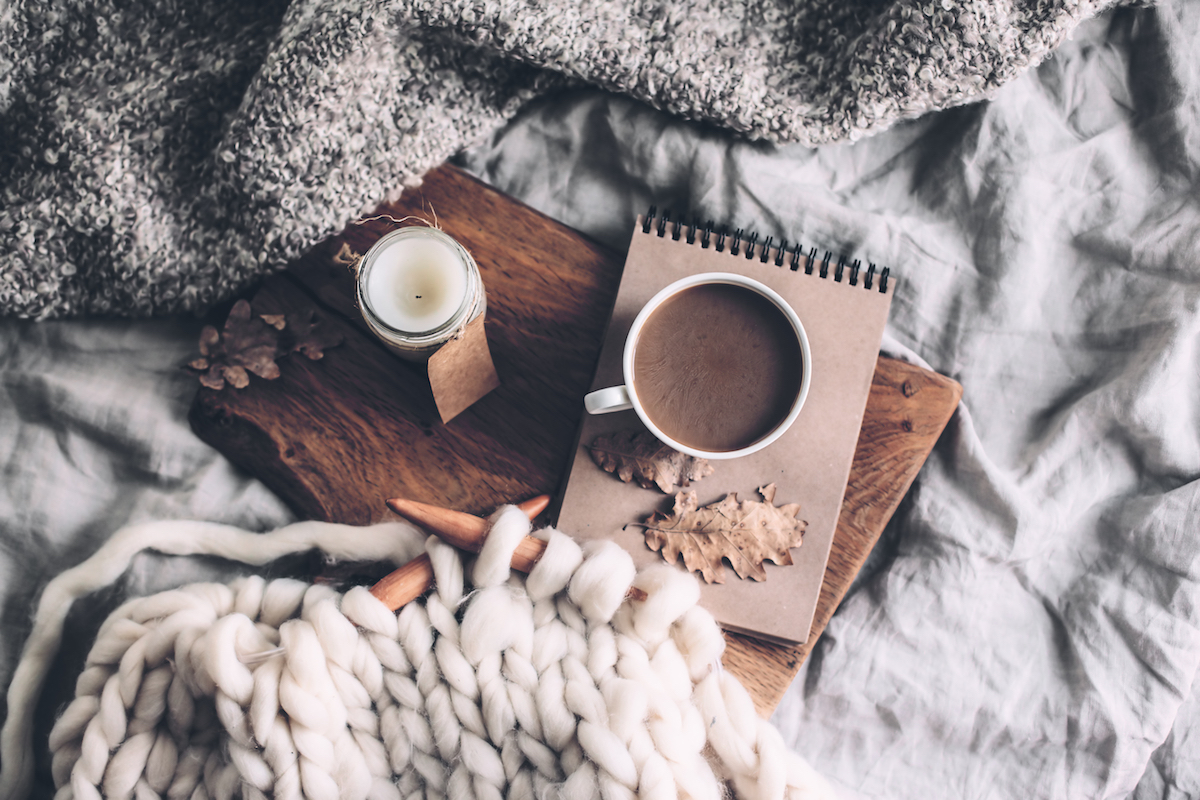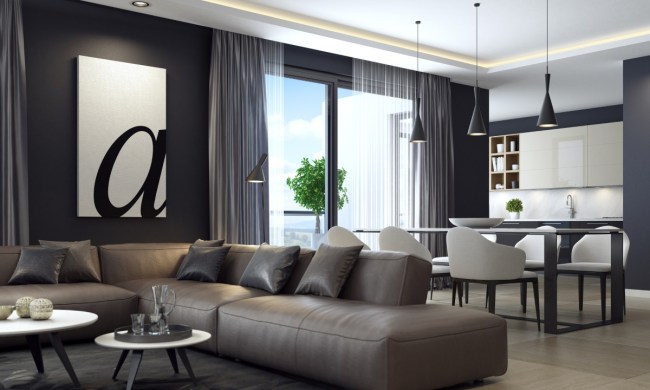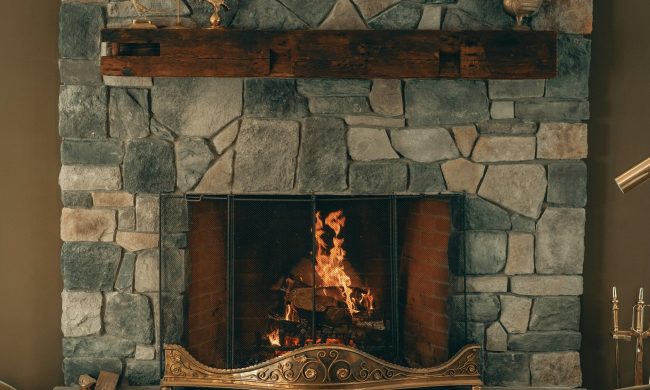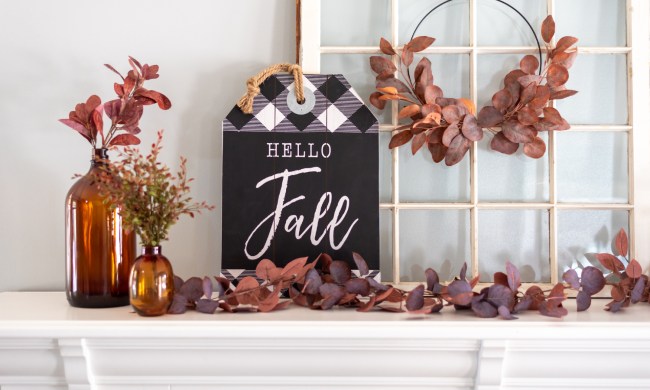Hygge (pronounced hue-guh) is a Danish word defined as “a quality of coziness and comfortable conviviality that engenders a feeling of contentment or well-being.” Though the hygge lifestyle has been around for centuries in Denmark (and is the reason why the country is always at the top of the world’s happiest countries), the obsession with all things cozy made its way to the U.S. several years ago.
Anything that brings you joy and allows you to slow down from the pace of life is considered hygge. You can practice it alone, but the original meaning is sharing time and space in a serene environment with loved ones. If your favorite pair of sweatpants invokes a feeling of coziness for you, consider it hygge. If you can carve out time to sit with a book and cup of tea under a soft blanket, that’s hygge, too.
So how can the concept of hygge allow a person to practice self-care?

Take time for yourself
Hygge in and of itself is about one’s well-being and finding a space, activity, or aesthetic that creates a sense of peace. But if you don’t take the time to hold this space for yourself, decor alone won’t help you. Hygge requires we take the time to unwind and get comfortable with the fact that we don’t need to be accomplishing something or be on-the-go all the time. Creating time to just “be” is a form of self-care because you are putting yourself above the needs of others for a period of time. Grab a book, make a cup of tea, or cozy up on the couch with a blanket, light a candle, and breathe.
Live in the moment
Hygge requires a person to find peace and serenity in the moment. If you can create a space in your home, be it a reading nook, room, or bedroom, find elements of that space that allow you to “check out” and remember what is meaningful in your life. To do this, create an environment that is warm, relaxing, and intimate. Think softly lit candles, books, neutral tones, soft textiles, and anything else that allows you to disconnect and just “be.”

Invite friends into your home
Hygge is also about finding time to spend with loved ones. In fact, almost 80% of Danes socialize with family, friends, and co-workers at least once a week. Socializing with friends elicits happiness and comfort and provides a sense of meaning in your life—all self-care foundations. Inviting people over to your home to cook a meal, for instance, is a perfect way to bring hygge into your home. Make it a group project, so one person isn’t responsible for preparing a meal for others. Put on some soothing music, light a candle, and take time to connect with those you love.
Engage in an activity
This can be anything from cozying up on your couch and binging a Netflix series to practicing yoga in a relaxing, comfortable space. Whatever activity brings you happiness and a sense of peace is what you should be doing. The activity should also require minimal effort and not cost a lot of money. I have a friend who is at her most relaxed reorganizing her closet. A task that for many of us equates to mess and stress but to her feels calming and restful. Hygge can be whatever you want it to be as long as you decompress in a way that makes you happy.

Eat, drink, and be merry
Hygge is about giving yourself a break from the demands of cooking for your family as a “must-do” to something that you can stop and enjoy. It means you can indulge in whatever food makes you feel happy, brings back fond childhood memories, or creates a sense of belonging. Self-care requires you to savor moments. Find a new recipe to bake or an old favorite supper that provides comfort, put on some comfortable clothes, and take your time with the process. Cakes and desserts are synonymous with hygge in Denmark, and that is most definitely something we can get behind.
Simple changes to your lifestyle can provide immediate self-care, which reduces stress, decreases anxiety, and allows you to disconnect from the pace of everyday life. It requires little apart from dedicating time for yourself to enjoy any activity that makes you happy.
Self-care is more important than ever during a time of volatility and uncertainty in the world today. Stress is at an all-time high, and it can be difficult with everything going on to carve out space and time for yourself. Hygge is a perfect way to introduce the concept of comfort and coziness to your routine and home in a way that benefits everyone who inhabits it. If you can’t take care of yourself, you’ll never be able to care for those around you.



